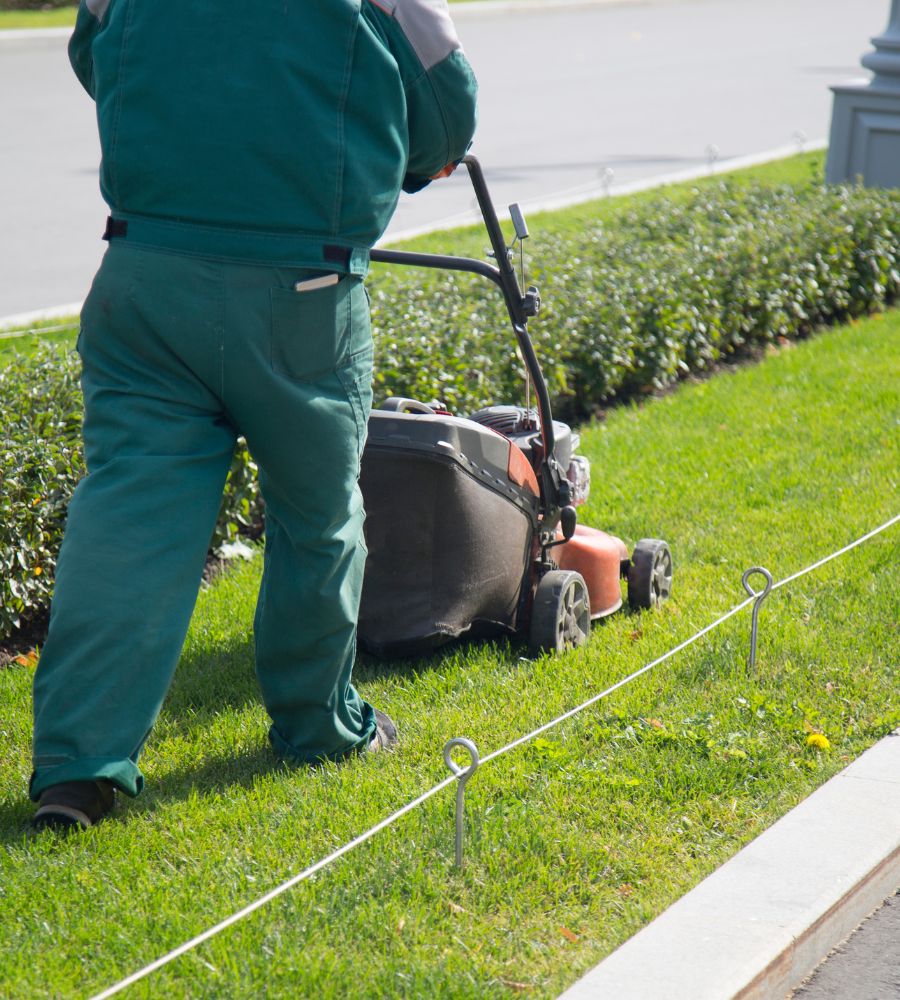Did you know that 82% of Shepherdsville homeowners struggle with maintaining a healthy lawn throughout Kentucky’s challenging seasons? Between the scorching summers and unpredictable spring rains, achieving that perfect green lawn can feel like an uphill battle.
Whether you’re dealing with patchy grass, stubborn weeds, or soil that just won’t cooperate, the key to a thriving lawn often lies in proper fertilization. But with countless products on the market and conflicting advice from every direction, finding the right lawn fertilization solution for your Shepherdsville property can be overwhelming.
In this comprehensive guide, we’ll break down everything you need to know about lawn fertilization in Shepherdsville’s unique climate. From understanding our local soil conditions to selecting the right fertilization schedule, you’ll discover proven strategies that have helped hundreds of your neighbors achieve the lush, healthy lawn they’ve always wanted.
Living in Shepherdsville presents unique challenges and opportunities for maintaining a healthy lawn. Our local area’s distinct soil composition and climate patterns require a specialized approach to lawn fertilization.
The soil in Shepherdsville and surrounding Bullitt County areas typically consists of clay-loam mixtures. This soil type can present several challenges:
The most successful grass varieties in our area include:

Your lawn’s health depends heavily on proper fertilization timing. For Shepherdsville residents, understanding our unique climate patterns and their impact on fertilization schedules is crucial for maintaining a healthy, vibrant lawn year-round.
Every Shepherdsville homeowner should be able to identify common lawn problems and understand their solutions. Here’s what you need to know about fertilization-related issues.
For optimal results, we recommend 4-5 fertilizer applications per year in Shepherdsville:
– Early Spring (March-April)
– Late Spring (May-June)
– Summer (July-August)
– Early Fall (September)
– Late Fall (October-November)
Common signs include:
– Yellowing or pale green grass
– Slow growth
– Thin or patchy areas
– Increased weed presence
– Poor recovery after mowing or foot traffic
Over-fertilization can cause:
– Burned or brown grass
– Excessive thatch buildup
– Root damage
– Environmental pollution through runoff
– Increased susceptibility to pests and disease
Professional services offer:
– Expert knowledge of local soil conditions
– Professional-grade products
– Precise application techniques
– Regular monitoring and adjustments
– Time and cost savings
– Guaranteed results
Wait at least 24-48 hours after fertilizing before mowing. This allows:
– Proper fertilizer absorption
– Even distribution of nutrients
– Reduced risk of fertilizer displacement
– Maximum effectiveness of the treatment